
Uncovering the Origins of Knights
The medieval knight holds a significant place in history, representing the ideals of chivalry, honor, and bravery. The origin of knights traces back to the 9th century in Carolingian Europe, where mounted warriors known as ‘chevaliers’ served their feudal lords. As the Middle Ages progressed, knights grew in prestige and became synonymous with the armoured cavalry known for their prowess in battle.
The Rise of Medieval Warfare
With the rise of feudalism, medieval warfare evolved significantly. The knight became the quintessential combatant, equipped with armor, a powerful steed, and lethal weapons. Castles and fortifications played a crucial role, acting as both defense hubs and strategic offensive points. The development of siege weapons like trebuchets showed the increasing complexity and brutality of medieval warfare.
The Crusades, spanning from 1096 to 1291, further exemplified the martial spirit of the medieval knights. These holy wars were fought with fervor to reclaim the Holy Land, embodying a combination of religious zeal and martial prowess.
Legendary Knightly Orders
The Templar, Hospitaller, and Teutonic Orders stand out among numerous knightly brotherhoods. Founded to protect pilgrims and sacred sites, these orders played vital roles in various crusades, blending religious duties with martial discipline. The legacy of these orders lives on in numerous historic sites across Europe, symbolized by their dramatic castles and storied histories.
Notable Battles and Their Impact
Key battles such as the Battle of Hastings in 1066 reshaped the medieval political landscape. This battle introduced Norman rule in England and highlighted the effectiveness of knights. The Hundred Years’ War saw iconic battles like Agincourt, where the skill and valor of knights were recorded in the annals of history.
These battles not only showcased the strategic genius of medieval wars but also left architectural remnants that continue to draw visitors and historians intrigued by knightly lore.
Sites of Significance
Europe is dotted with castles and battlefields that narrate the tales of medieval knights. The imposing ruins of Montségur, Carcassonne, and the Tower of London are iconic landmarks that echo the chivalrous past.
The Chivalric Code and Its Legacy
The chivalric code was a moral, religious, and social code followed by knights. It emphasized values such as bravery, courtesy, honor, and gallantry toward women. This code continues to influence modern notions of leadership and social responsibility.
Today, reenactments, literature, and media continue to celebrate knights and their ideals, underscoring their enduring impact on culture and history.
Conclusion
The history of knights and medieval warfare unfolds a fascinating narrative filled with valor and legendary tales. It invites exploration into a past era where warrior nobility shaped lands, and castles rose to the skies as bastions of power. This realm of chivalry and combat leaves a lasting legacy on history and culture, inspiring countless stories and explorations.
The medieval knight holds a significant place in history, representing the ideals of chivalry, honor, and bravery. The Crusades, spanning from 1096 to 1291, further exemplified the martial spirit of the medieval knights. 
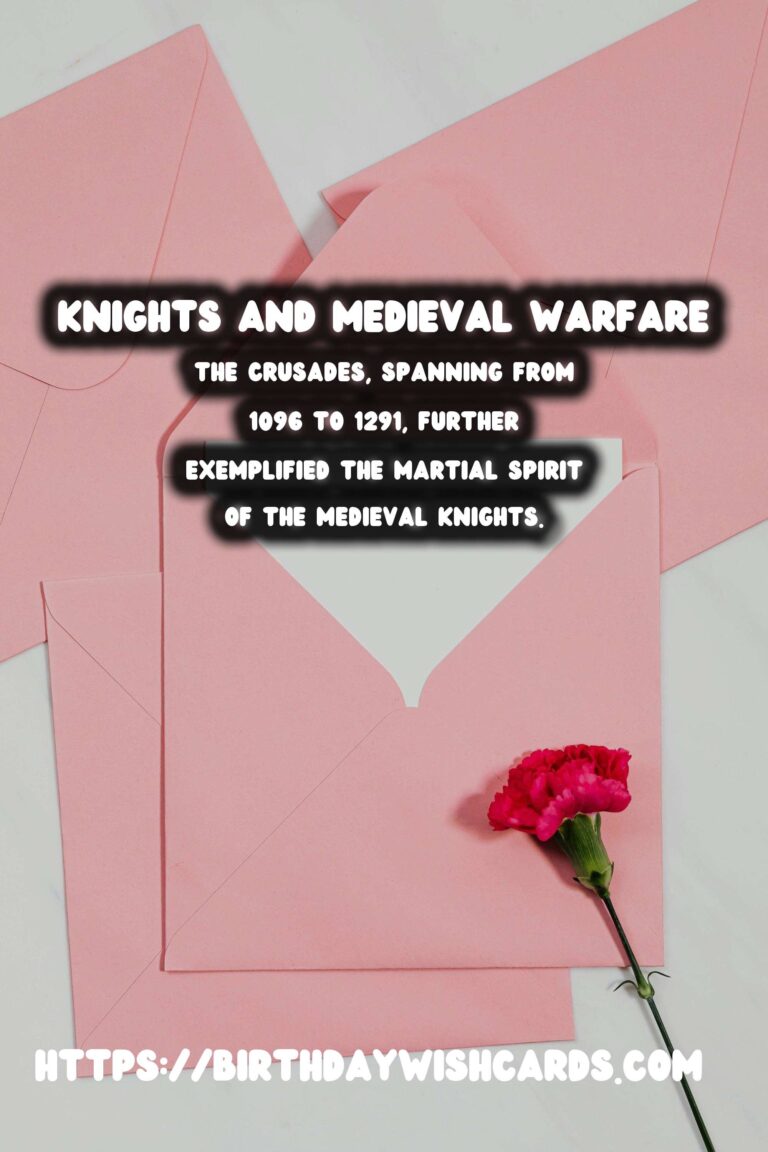
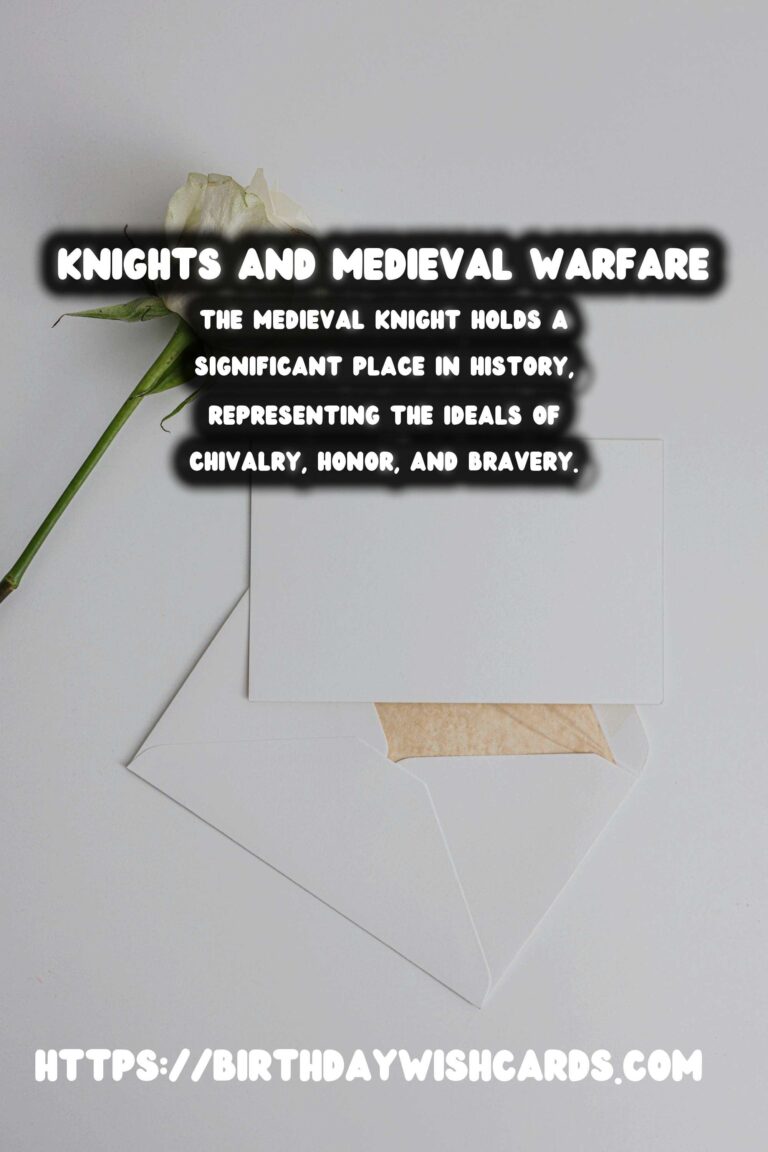
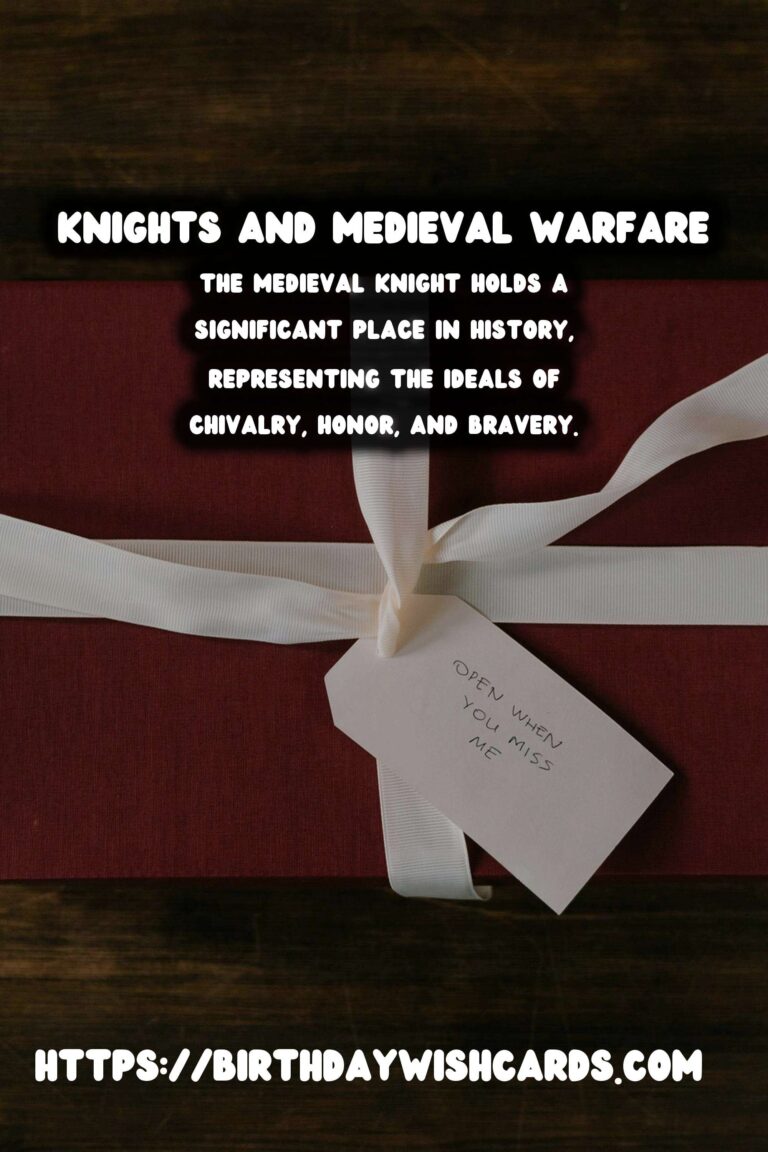



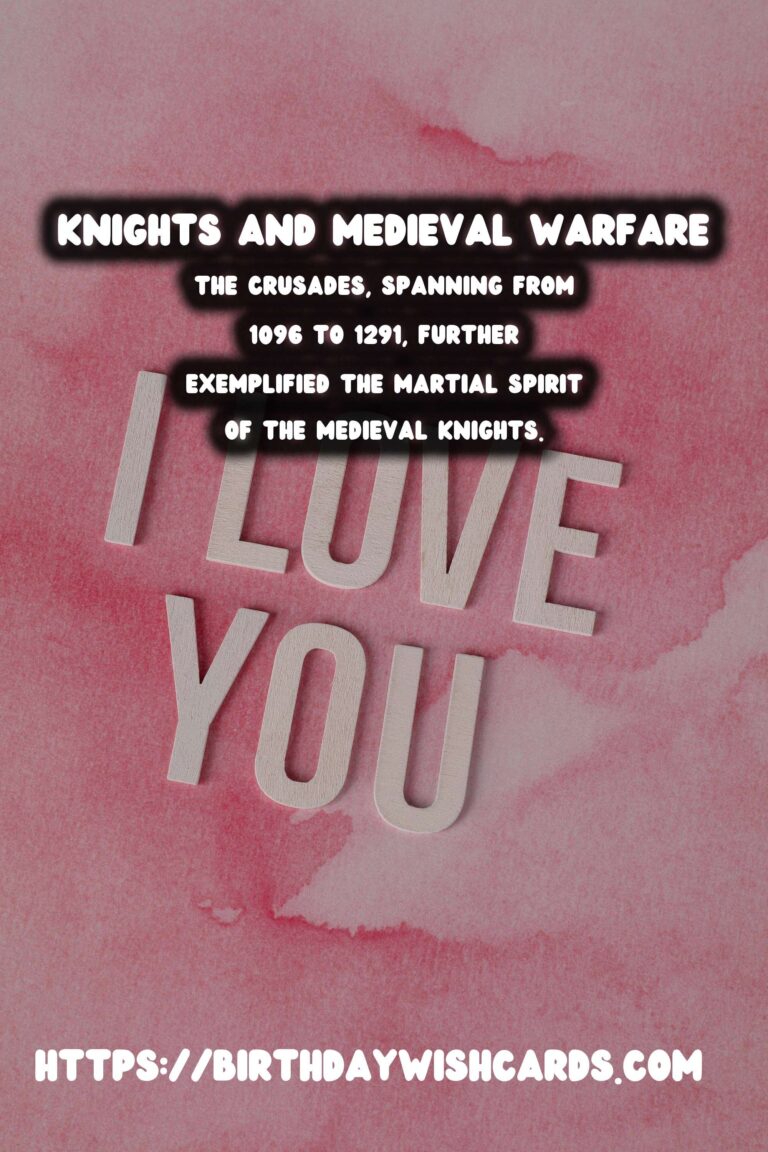
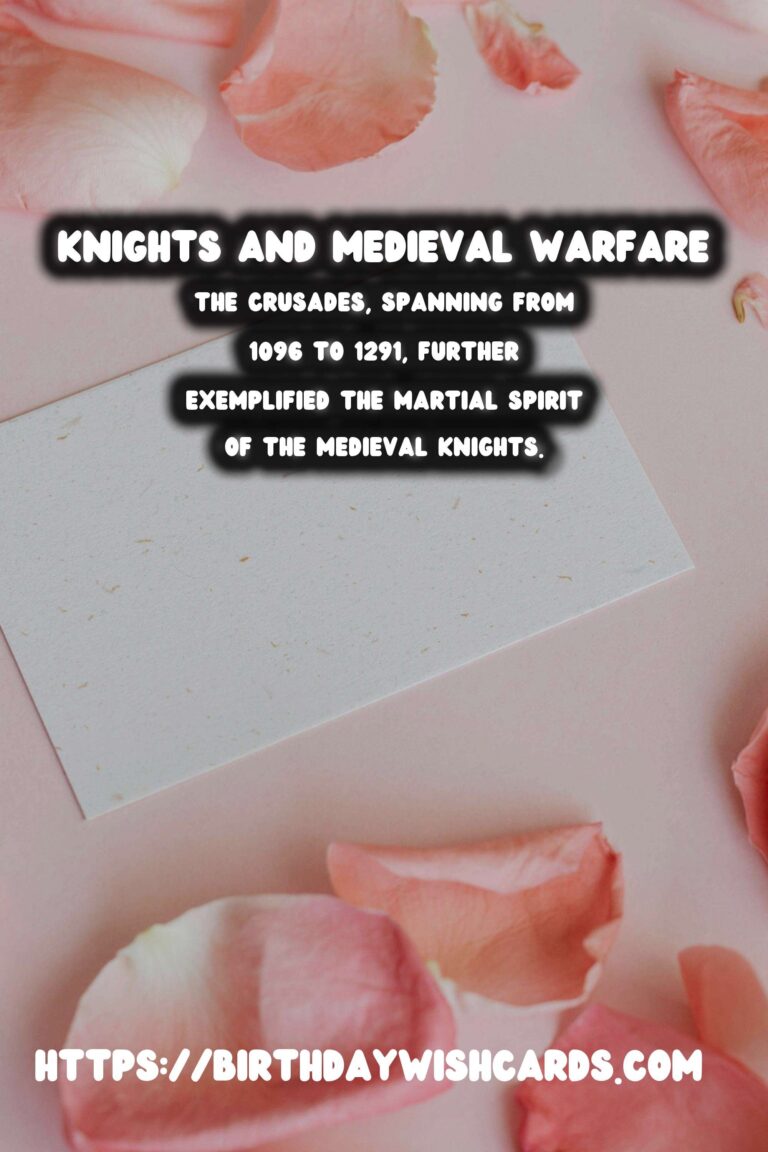

#knights #medievalwarfare




